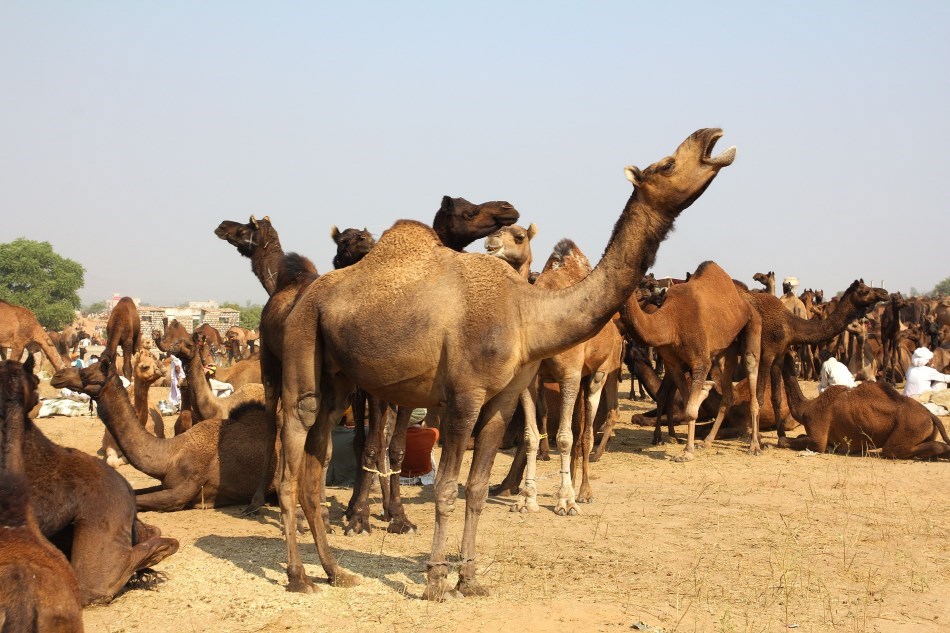The camel has a special place in the Bedouin culture.
In the outskirts of Buraydah in Al-Qassim, across two square miles, lies the largest camel market in the world. Every day at six in the morning, the Buraydah camel market comes to life as vendors and buyers exchange riyals for camels, sheep, goats, and goods such as saddles, halters and blankets.
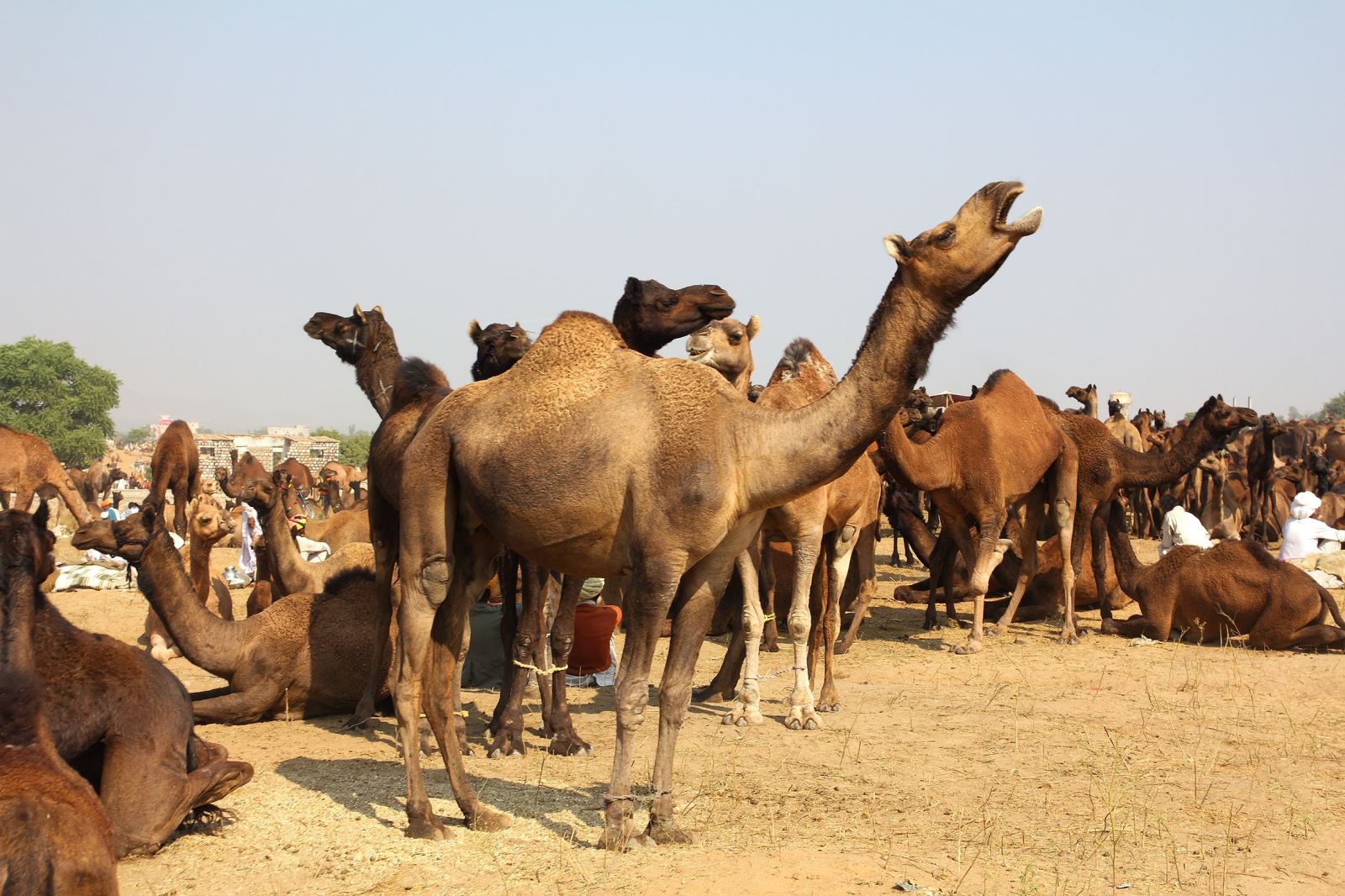
The markets are pure chaos, with thousands of camels rattling in their rusty pens, men from all over hoisting their purchases into the back of their pick-up trucks, and the screams of animals mixed with sand, heat, and smell.
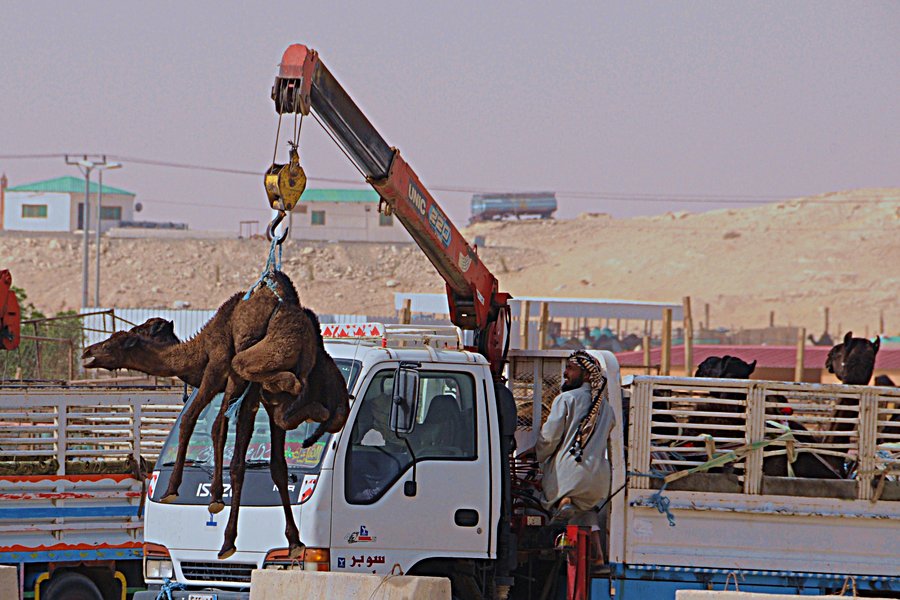
Historically, camels (specifically the Arabian camels or "one-hump" camels) were the main source of transport in Saudi Arabia. Now, being far more technologically advanced, Saudis value the camel, both for its place in the country's cultural past, but also as a thoroughbred racing animal, as well as a reliable source of milk, food and leather.
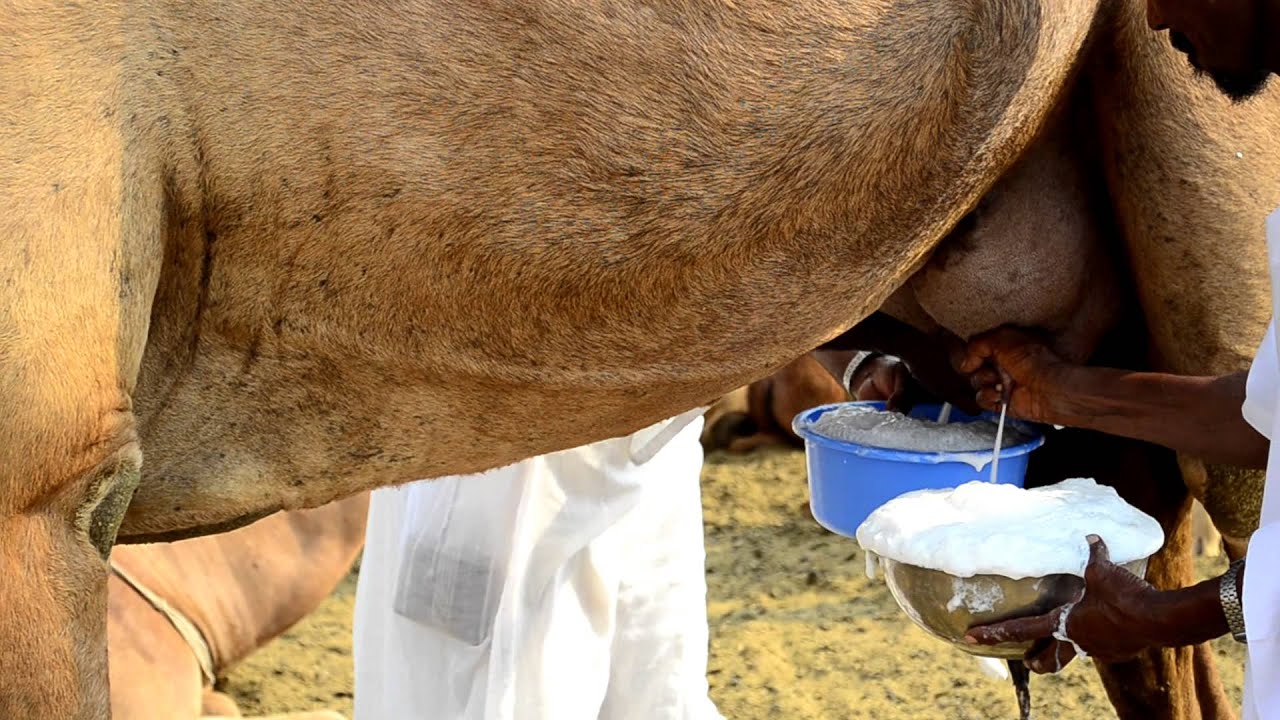
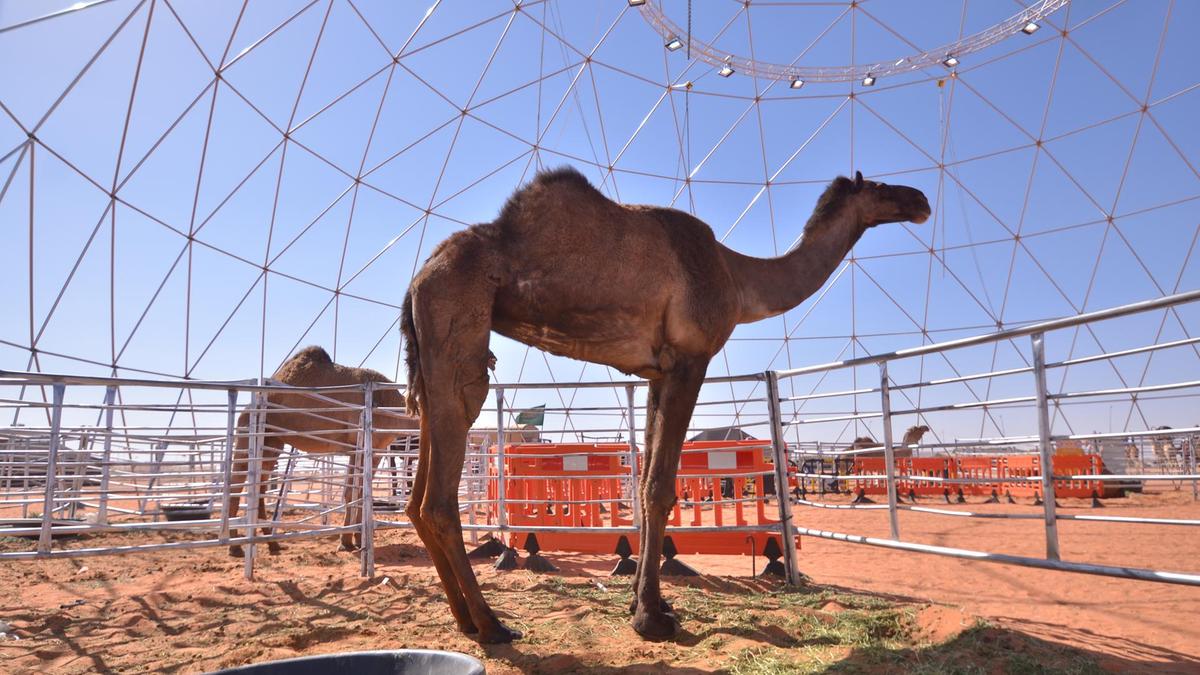
A camel market is a true integration of past and present Saudi Arabia, and an excellent way to experience Arabian culture.
According to hziegler



